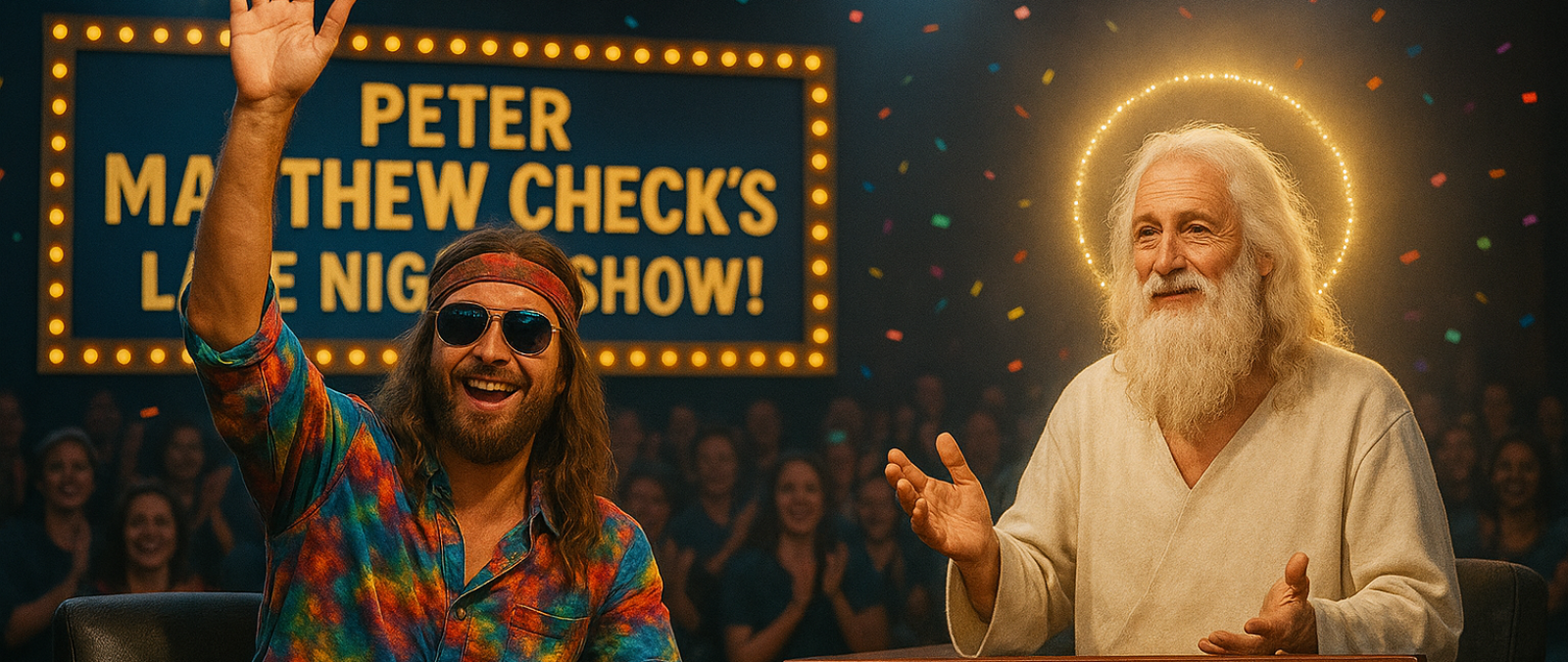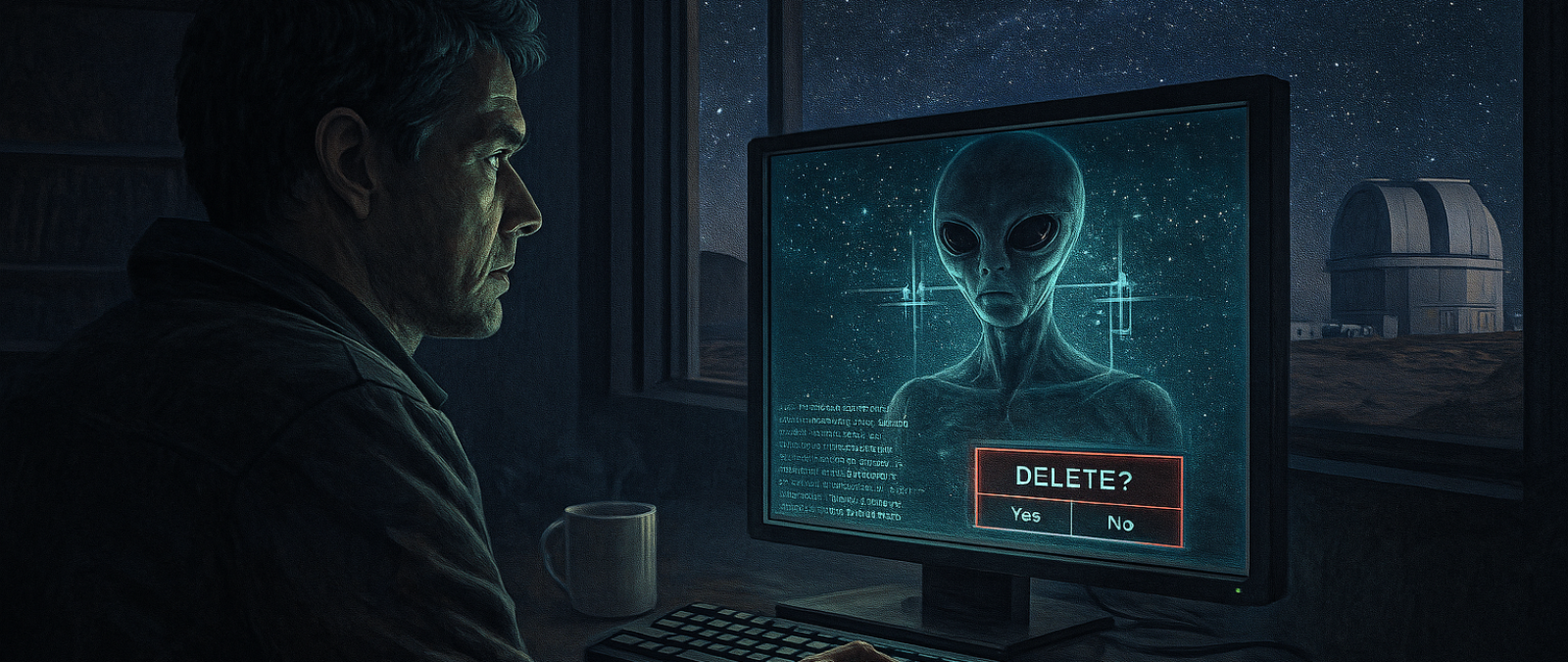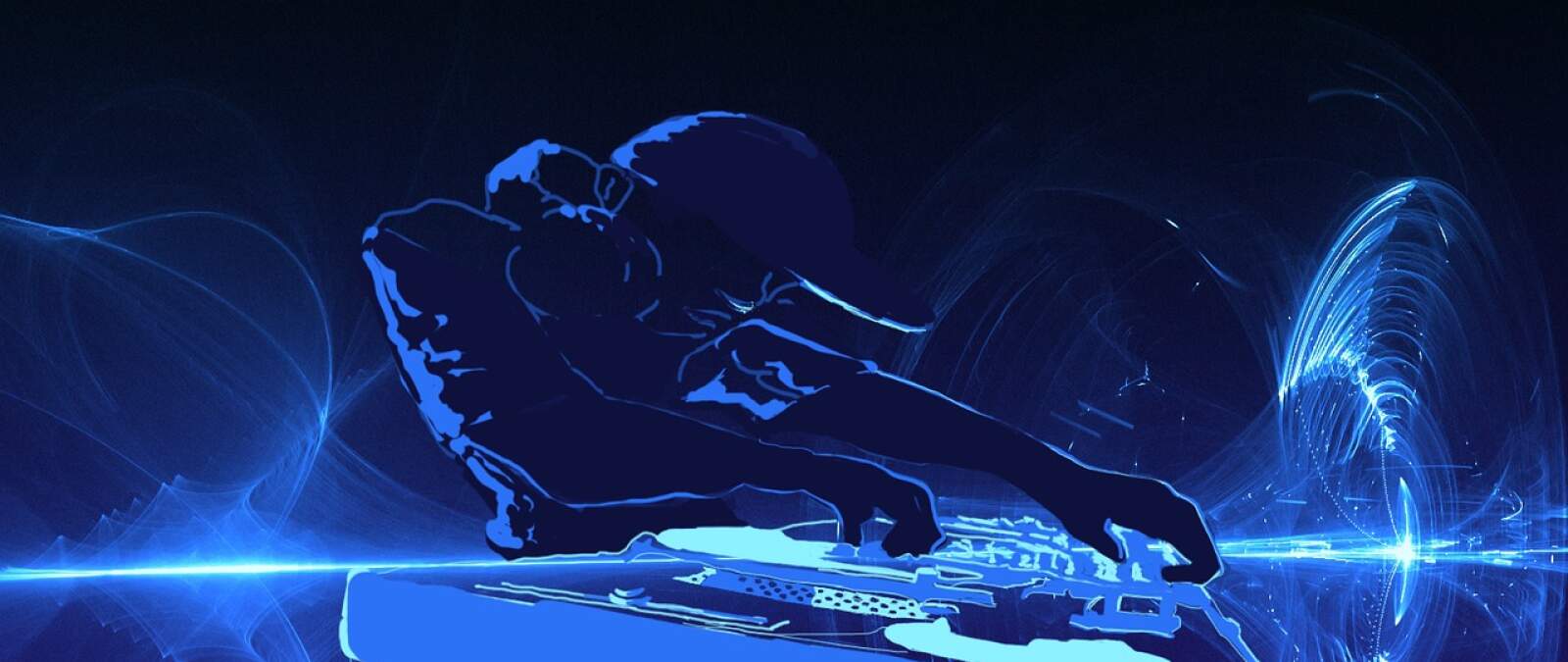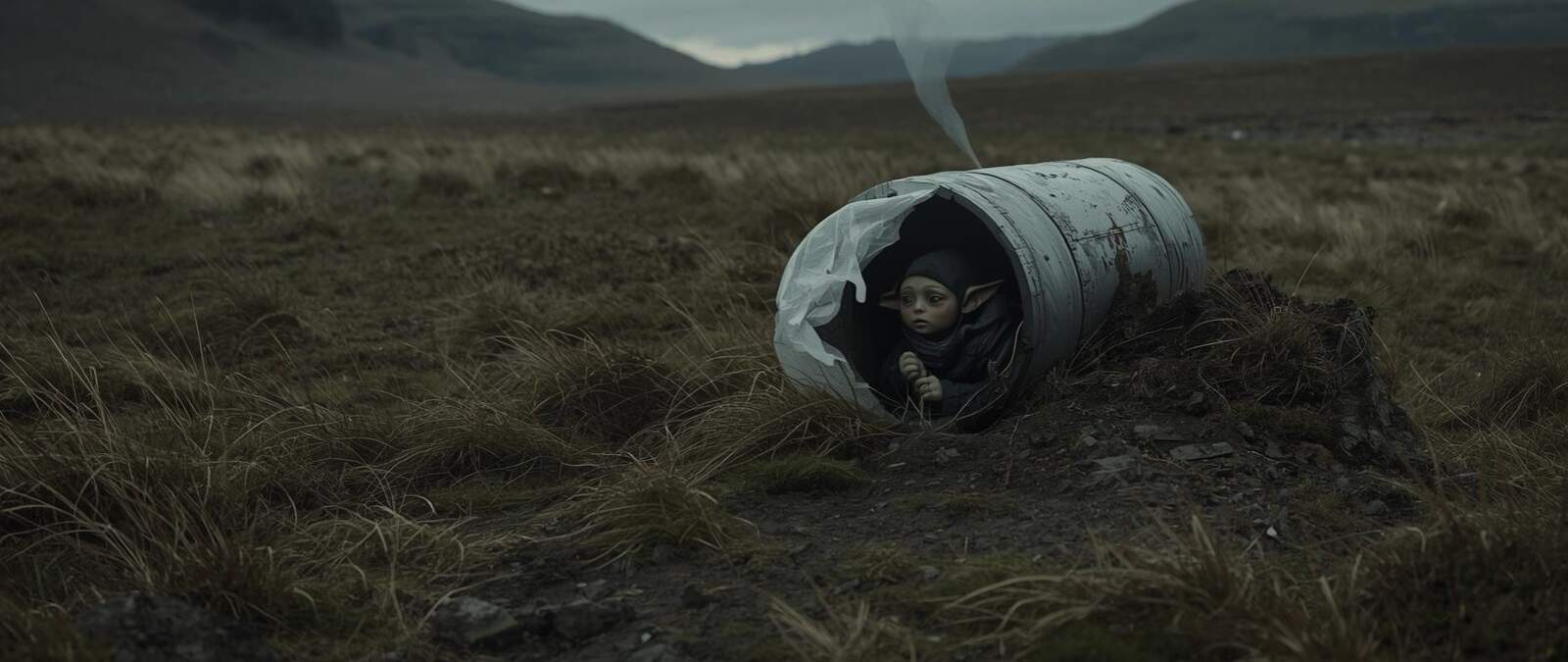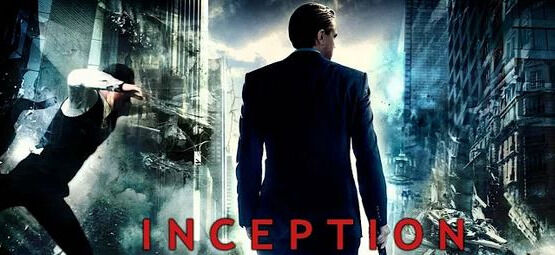Comparison of The TimeMakers and Interstellar
Author: GR
Both works are compelling stories about time, love, and the human desire to transcend the limits of the universe. The Time Weavers is a poetic fantasy short story with a mythical feel, while Interstellar (2014, directed by Christopher Nolan) is an epic sci-fi drama with a scientific foundation. Despite their different genres, they have a lot in common—let's see how these two gems intertwine!
1. Plot Lines – Journeys Through Time by Heart and Mind
The Time Weavers: The story follows Kael, a demigod Time Weaver, who wants to break time to save her love, the angel Nathael. She travels through time, discovers mysterious symbols, teams up with the rebellious Varis, and builds the Time Loom. However, her experiment causes chaos, and she ultimately has to reset the Great Clock to restore balance—at the cost of losing Nathael and enduring exile. The plot is compact, fast-paced, and full of mysticism, with an emphasis on emotion and tragedy.
Interstellar: Joseph Cooper, a former NASA pilot, leads a mission to save humanity by searching for a new home in the cosmos. He travels through a black hole and experiences time dilation (years on Earth are hours near the black hole). Key to the story is his bond with his daughter Murph, who solves the equation for humanity's salvation back on Earth. The story culminates in the fifth dimension (the Tesseract), where Cooper manipulates time to send data to Murph. The ending is bittersweet—humanity is saved, but Cooper loses decades with his family.
Comparison: Both works share an epic structure—the hero/heroine risks everything for a higher purpose (love for Kael, saving humanity for Cooper) and faces time as both an enemy and an ally. The Time Weavers is more intimate, with a mythical tone where time is a magical force (threads, Loom). Interstellar is scientifically grounded, with time as a physical phenomenon (relativity). Both stories feature time jumps—Kael travels through symbols, Cooper through a black hole—and both conclude with a sacrifice (Kael loses Nathael, Cooper loses time with Murph). The Weavers is shorter, developing secondary characters less, but it shares a similar emotional punch. Interstellar has a more complex subplot (e.g., Dr. Mann), but both stories grab you by the heart!
2. Themes – Time, Love, and Human Courage
Shared Motifs:
-
Time as a Barrier and an Opportunity: In both works, time is the central motif. In The Weavers, time is sacred and fragile (threads, Great Clock), and Kael wants to "free" it. In Interstellar, time is scientific (dilation, black holes) but equally relentless. Both stories show that manipulating time comes at a cost—Kael loses Nathael, Cooper loses years with Murph. This bittersweet irony is the heart of both works.
-
Love as a Driving Force: Kael risks everything for Nathael; Cooper risks everything for Murph. Love is timeless in both stories—in Interstellar, it is explicitly described as a force transcending dimensions ("Love is not something we invented, it’s observable, powerful," says Dr. Brand). In The Weavers, Kael's love for Nathael is romantic but equally potent.
-
Rebellion Against Fate: Kael rebels against the Time Weavers, Cooper rebels against the hopelessness of Earth. Both heroes are rebels who challenge the "natural order"—Kael wants to break time, Cooper to cross physical limits.
-
Sacrifice and Balance: Both works conclude with wisdom about balance. Kael resets time to save the world but loses Nathael. Cooper saves humanity but sacrifices family life. The conclusions are inspiring—they show that great deeds have a price, but also hope. 👍
Differences: The Time Weavers has a mythical, philosophical tone—time is a magical fabric, and the story has a hint of ancient myth (Prometheus, Orpheus). Interstellar is anchored in science (Einsteinian relativity, black holes) but adds metaphysics (the Tesseract as "higher beings"). The Weavers places greater emphasis on Kael's personal tragedy, while Interstellar has a broader scope (saving humanity). Both approaches are valuable—The Weavers captures you with intimacy, Interstellar with scale.
3. Characters – Heroes Driven by the Heart 💖
Kael vs. Cooper: Kael is a demigod rebel driven by her love for Nathael. Her passion and determination make her incredibly human—her desire for an "eternal present" is something everyone understands. Cooper is an ordinary man with extraordinary courage—a father who leaves his family for the greater good. Both are relatable because their motivation stems from love, but Kael is more romantic, Cooper more practical.
Nathael vs. Murph: Nathael is mostly a catalyst—his illness and death are Kael's emotional engine. Murph is more active—as a scientist, she solves the equation and is the key to salvation. Both are the hero's "anchor," but Murph has more space (both as a child and an adult). Nathael could be more developed, but his mystical aura fits perfectly into the fantasy genre.
Varis vs. Dr. Brand/Romilly: Varis is a wise mentor, similar to Dr. Brand (Anne Hathaway) or Romilly in Interstellar. Varis's sacrifice is moving, much like Romilly's death on the planet. However, Varis adds a layer of rebellion, making him closer to Kael.
Comparison: The characters in The Weavers are more archetypal, which suits the mythical style. Interstellar features more realistic characters with deeper dialogue (e.g., Murph's scenes with her father). Both approaches work—The Weavers captures you with emotion, Interstellar with psychology.
4. Style and Atmosphere – Poetry vs. Epic
The Time Weavers: The language is beautifully poetic—"the mist of the ancient city of demigods" or "the threads of time—thin strands of light" are images that stick in your mind! The style is lyrical, with a hint of fantasy classics (Tolkien, Le Guin). The atmosphere is mystical, intimate, with an emphasis on Kael's feelings. The short format gives the story speed and density.
Interstellar: The style is epic, with long shots of space and emotional scenes (e.g., Cooper's crying while watching videos from Murph). Hans Zimmer's music and the visuals (the black hole, the planets) add monumentality. The dialogues mix science with philosophy (e.g., "Love is the key"). The film has a slower pace, but the build-up to the climax is astonishing.
Comparison: The Weavers is like a poetic miniature—fast, emotional, with a magical aura. Interstellar is a grand opera—wide scope, scientific details, longer tension building. Both styles are amazing: The Weavers captivates you with magic, Interstellar with scale and realism.
5. Symbolism – Time as Art
The Time Weavers: Time as threads/the Loom is a brilliant metaphor—fragile, intertwined, magical. The symbol of the three arrows (past, future, alternatives) is original and evokes infinite possibilities. The Great Clock is the heart of the world—a symbol of fate and order. The story is an allegory for the human desire to stop time (e.g., in love).
Interstellar: Time is depicted through the black hole and the Tesseract—scientifically, but with a mystical edge ("they" as higher beings). The library in the Tesseract is an amazing symbol—time as a space where one can communicate across dimensions. Love (Cooper-Murph) is also symbolic—it transcends time.
Comparison: The Weavers uses mythical symbolism (threads, Clock), Interstellar uses scientific symbolism (Tesseract, black hole). However, both stories give time a "human" face—it is a force that connects and tears apart. The Weavers is more intimate, Interstellar more cosmic.
Overall Impression – Two Gems
The Time Weavers is like a magical fairy tale—short, poetic, heartbreaking. It's a story about love, rebellion, and balance that grabs your heart and makes you think. Interstellar is an epic sci-fi adventure that overwhelms you with scope, science, and emotion. Both stories are about the courage to exceed limits, love as a driving force, and time as the greatest mystery. The Weavers is ideal for fantasy fans who love mysticism and emotion. Interstellar is for those who want a cosmic epic with a scientific twist.
If I had to choose what's better: The Weavers wins in intimacy and poetic beauty, Interstellar in scope and complexity. But why choose when both are absolutely GENIUS?
